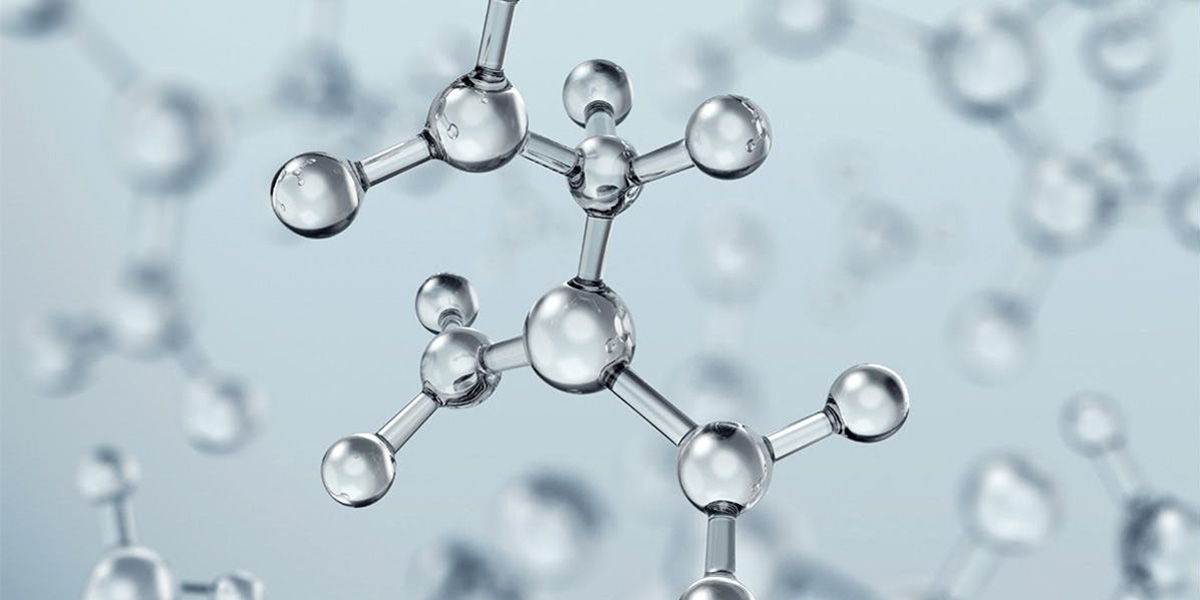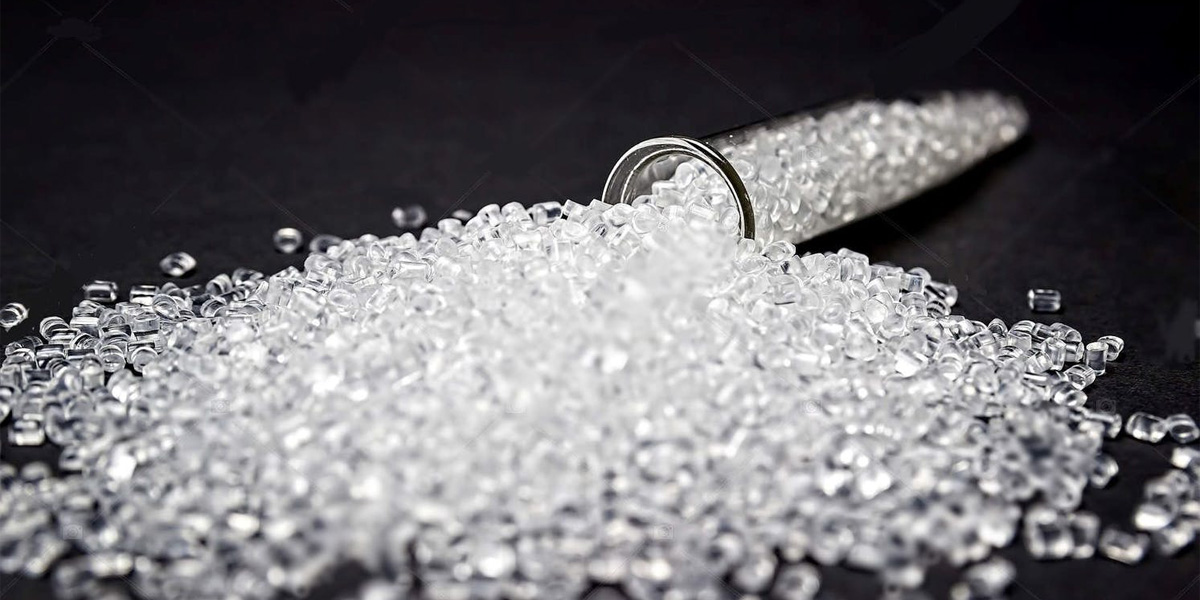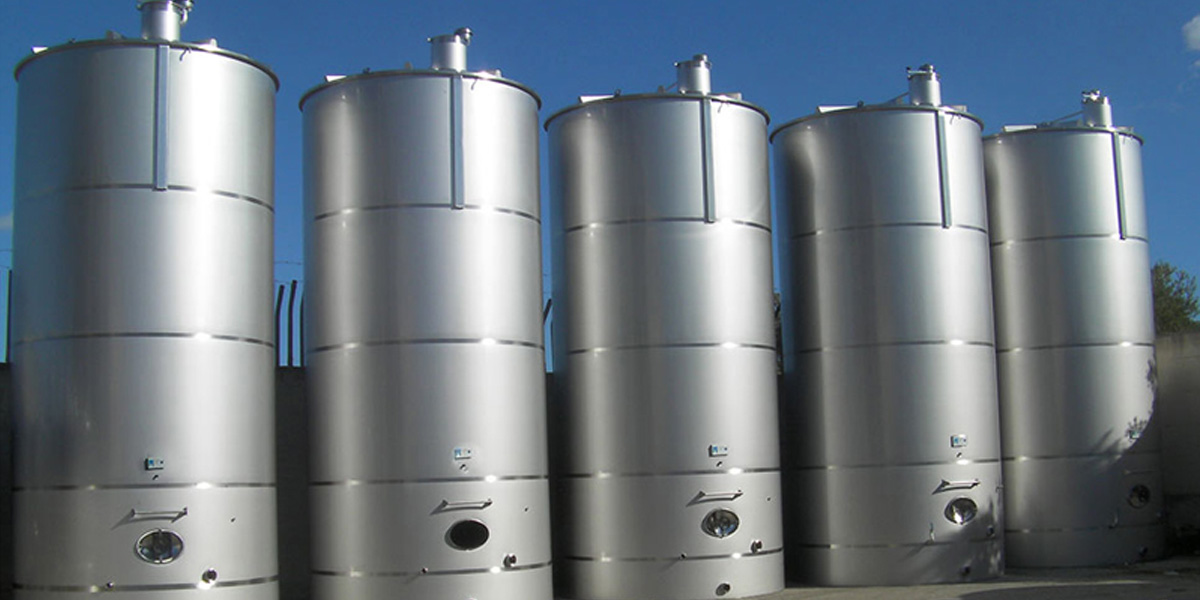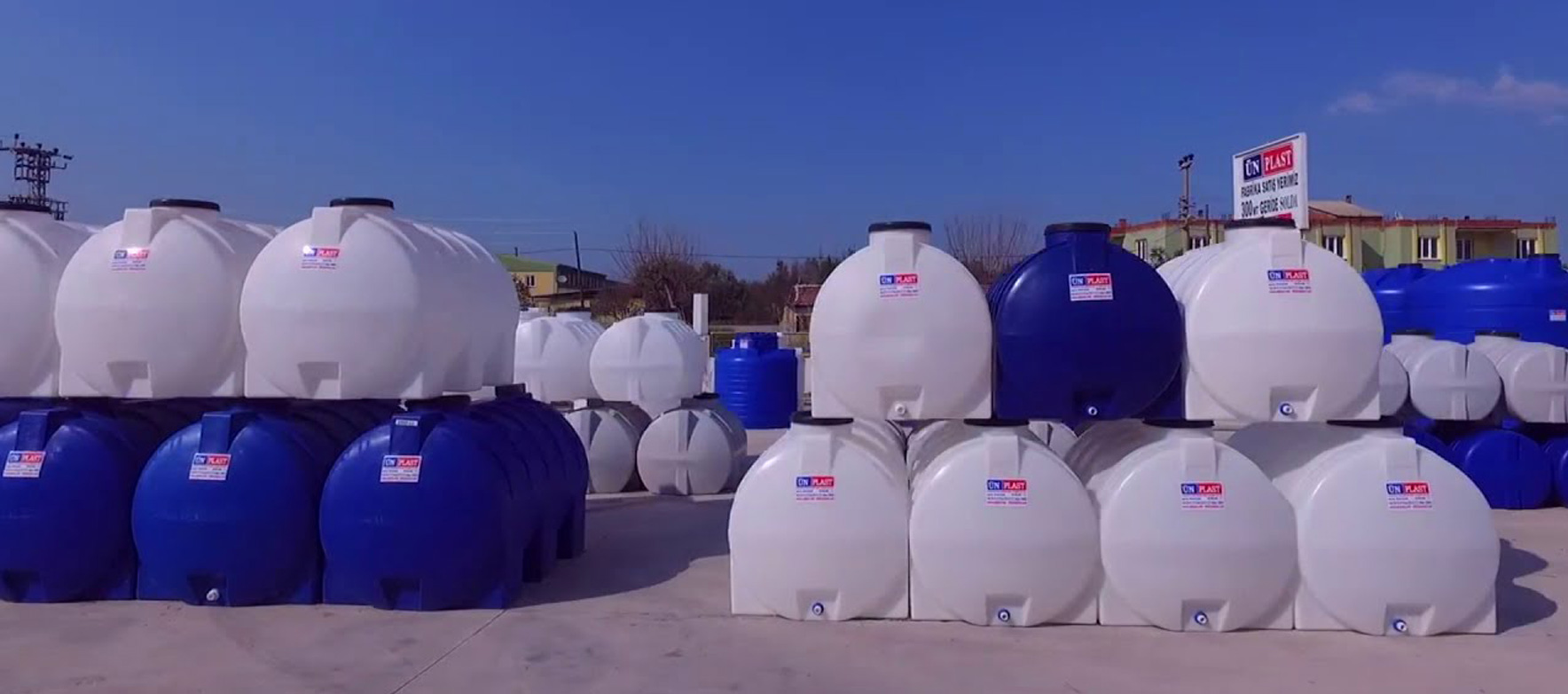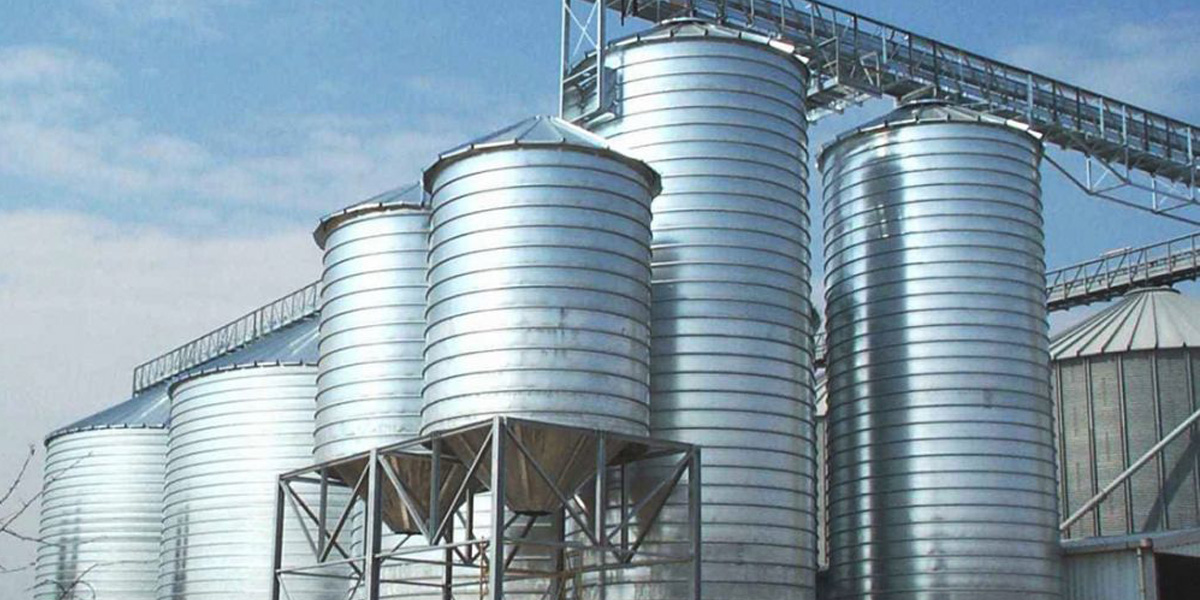WHAT IS POLYETHYLENE?
Polyethylene is a thermoplastic and is used in a variety of products. It shows high resistance to durable chemicals. Polyethylene takes its name from ethylene in monomer form and is called PE for short in industry. Polyethylene (PE) is a hard, strong, durable, dimensionally stable, dielectric and easily processable material that absorbs water very little. Its formula is (C2H4) n. It is produced by polymerization of ethylene molecule (C2H4).
Polyethylene plastic can be low density (LDPE) or high density (HDPE), can be molded and molded in various shapes. It is one of the most produced plastics in the world, with tens of millions of tons every year.
HISTORY OF POLYETHYLENE
Polyethylene (PE) was first synthesized by accident in 1899 by the German chemist Hans von Pechmann while researching diazomethane.
Industrially, the polymerization reaction of ethylene was first discovered between 1930 and 1940 by Eric Fawcett and Reginald Gibson at Imperial Chemical Industries (ICI) in Northwich, England. It took years before the technology of this reaction, which was carried out under very high pressures of about 2000 bar, was easily applicable. Later, when its mechanical and electrical properties were realized, polyethylene began to be used in many different applications. In the 1950s, chemist K. Ziegler developed the polymerization reaction under low pressure. This method was extended to all types of polyethylene in 1970's; Thus, since then, polyethylene has become one of the most used plastic materials worldwide. Today, it is used in many different areas from kitchenware to industrial equipment.
In addition, polyethylenes are known as one of the oldest polymers of the thermoplastic family. While it was initially produced only in low density, it developed over time and three new polyethylene types, high density, linear and medium density, were added to the family.
WHERE IS POLYETHYLENE USED?
Recyclable polyethylene has a wide range of uses. It is produced in two different ways as low density (LDPE) and high density (HDPE). High density polyethylene is used in the production of durable materials. Low density polyethylene materials are used in sectors where softer materials are required. For example, it is widely used in areas such as low density polyethylene (LDPE), sponge, grocery bags and plastic packaging. High density polyethylene (HDPE) is used in the production of materials such as pressure pipes and gas distribution pipes in the industry and manufacturing sector.
Packaging of cleaning agents are also made of polyethylene. Polyethylene is used in the packaging of many cleaning products such as bleach, dish detergent, salt spirit, garbage bags. Durable packaging should be used for liquid substances and especially those cleaning agents with high chemical irritation. Durable packages are also produced from high density polyethylene.
Polyethylenes are also called primary plastics and are stronger than recycled plastics. Therefore, in the toy industry, higher quality products are obtained by using toys manufactured as primary plastic. Polyethylene, which is transparent and looks like glass, is used in many sectors, including glassware. These materials are produced as hard or soft depending on the area of use. Therefore, polyethylene materials are subjected to chemical applications according to the usage area of the material.
Other Uses of Polyethylene
- Kitchen utensils
- Various containers
- Plastic boxes
- Plastic tubes
- Plastic bottles
- Bags
- High pressure pipes
- Toy skins
- Insulating layers of cables
- Packaging film and packaging manufacturing
- Cutting tables
- Water purification devices
- Construction of tanks and equipment in industry
- Production of pumps, valves, diaphragms, bellows and cylinders in waste water facilities
- Production of materials such as prostheses and supports thanks to its suitability for hot shaping in the orthopedic sector
- Electro coating, tank, warehouse manufacturing where chemicals are stored in the galvano industry

